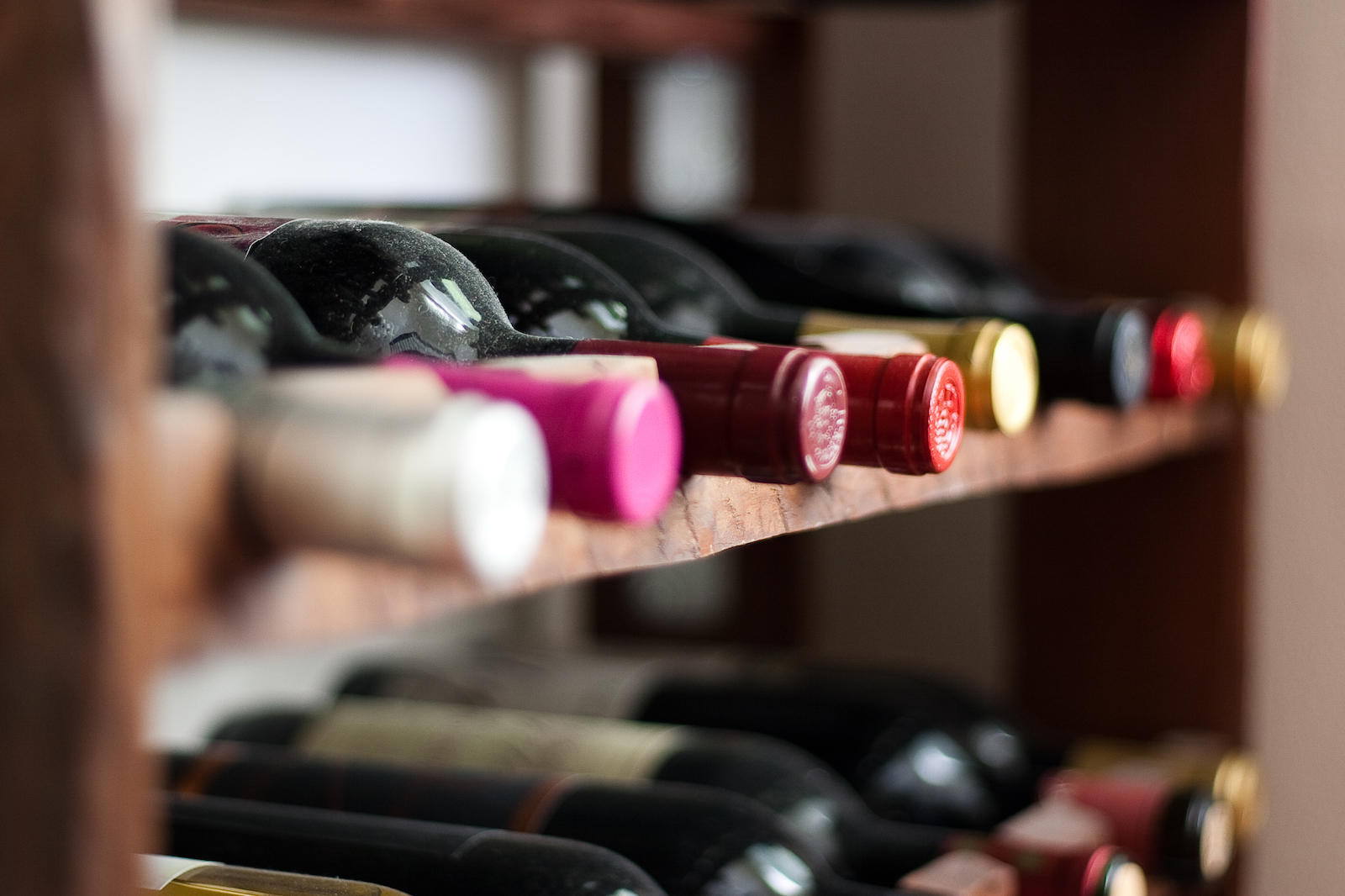The Local newsletter is your free, daily guide to life in Colorado. For locals, by locals.
Here’s one way to discover Rome: Take guided tours of its architectural wonders, learning their history and marveling at their majesty. And here’s another way: Start walking until you’re lost, wandering neighborhoods where tourists never venture. Both ways are valid, depending on the experience you seek.
By the same token, there’s no question that a rigorous wine education starts with the study of the six noble grapes: Cabernet Sauvignon, Chardonnay, Pinot Noir, Merlot, Sauvignon Blanc, Riesling. They do, after all, make up the majority of the world’s most renowned wines. But there’s also no question, at least in my mind, that a whole other kind of understanding of wine comes from exploring the varieties that are unique to the more obscure corners of the world.

In my last column, I spoke with local beverage pros who share that sentiment, especially about Italian varieties. But they’re not alone.
Take Mike Elmore, general manager and wine director at Boulder’s Arcana, whose extensive bottle list is rife with curiosities and even rarities that, he admits, “sometimes get unfairly pigeonholed as geeky, just for hipsters with fixie bikes to drink. That’s mind-boggling to me; what excites me about these wines is that they’re heritage products.”
The wine list at Alon Shaya’s modern Israeli destination Safta is similarly reflective of its food, which means bar manager Chris Rogers includes bottles from regions that lie well east of the so-called Old World, where wine has been made for far longer than in Western Europe.
Here are a few of their current favorite lesser-known varieties:
Three Bottles to Try at Arcana
Domaine Karydas 2013, Naoussa, Greece ($60)
“Xinomavro is a noble grape in my mind,” says Elmore of the red grape that defines Greece’s Naoussa appellation. “Its history goes back so far, yet it’s kind of being newly discovered.” Don’t let the fact that its name translates as “acid-black” scare you—as he explains, at its best, Xinomavro is actually a complex mix of “dried, even raisin-ated red and black fruit, dried roses, tar, earth, and grippy tannins that aren’t overwhelming.” In fact, he adds, “it can have the structure and aromatic hallmarks of Italy’s most iconic, age-worthy Italian reds—at half the price.”
Suertes del Marques 2015 La Solana, Valle de la Orotava, Tenerife, Spain ($55)
Listán Negro, the key red grape of Spain’s Canary Islands, comes from Tenerife, where “the landscape is breathtaking,” says Elmore. “Talk about uniqueness of terroir: The vineyards go from sea level to high elevation very quickly, they’re super-steep, and a lot of them are terraced, like Côte-Rôtie, except out in the middle of the ocean.” The French appellation he’s comparing Tenerife to is perhaps the Rhône Valley’s most celebrated source of Syrah, and interestingly enough, he says, “Listán Negro itself behaves a lot like Syrah. That combination of wild dark berries, violets, cracked pepper—it has that in spades, but on this elegant medium-bodied frame, so it doesn’t overwhelm the palate.”
Caves São João 1995 Quinta do Poço do Lobo, Beiras, Portugal ($62)
If you’ve ever tried a refreshing Portuguese Vinho Verde, you’ve likely tried the white grape called Arinto. But whereas Vinho Verde is meant to be drunk young, this bottle proves Arinto can age; at more than 20 years old, says Elmore, “It’s certainly oxidized, but in a very tasteful way, with caramelized popcorn, nuts, candied citrus, tropical fruit, and shockingly fresh acidity. It’s totally punching above its weight class.”
Three Bottles to Try at Safta
Kakha Tchotiashvili Mtsvane Amber Wine, Kakheti, Georgia ($52)
Speaking of uncommon whites: This Georgian gem, made from the Mtsvane grape, is vinified in clay amphorae, spending some time on its skins so that “it’s very much an orange wine,” Rogers explains. With “savory, herbaceous notes of rosemary and toasted sage” as well as “dried apricot, dried tangerine peel, and good acidity,” he adds, “it’s really food friendly and fun [to drink] out on the patio. I love it with our Moroccan carrot salad—and even with our shakshuka, it’s fabulous.”
Friends’ Wine Saperavi, Kakheti, Georgia ($56)
Also from Georgia, this wine made from the red Saperavi grape is actually “an easy sell to guests who say, ‘I love Cabernet but I want something different,’” Rogers notes. “It gives you those rich, darker black fruits—blackberry, black cherry, cassis—but with some really fun, brushy earthiness and a good bit of acidity. It can hold up to bigger dishes like lamb shank.”
Cremisan 2016 Star of Bethlehem, West Bank ($54)
Rogers admits he’d never heard of Hamdani and Jandali, the two white grapes that go into this blend, until he joined the team at Safta. But he can tell you now the wine “is not like anything you’ve had before.” Which isn’t to say it’s “weird.” On the contrary, “it’s really crushable, with tropical fruit, stone fruit like apricot, and sweet tangerine, plus this really bright punch of acidity.”








